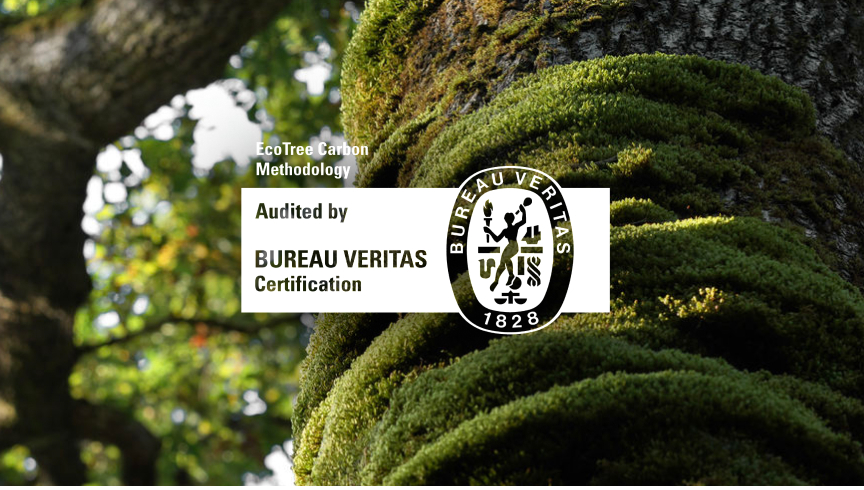
Orø-Margrete Carbon Credit
Details of the pack

Details of the pack

You're always welcome to contact us, if you have questions. However, we've answered some of the most frequently asked ones below.
When you buy trees, your contribution goes hand-in-hand with a right of ownership over the trees you buy. These trees grow in our European forests and are managed by our foresters from the beginning to the end of the trees’ life cycles. You get the profit when it is time to cut the tree. You receive a certificate justifying your tree ownership.
By acquiring carbon credits, you enable a forest stand to be maintained for at least a hundred years, with several generations of trees sequestering carbon over the long term. In this way, you receive a carbon certificate for each credit that justifies the capture of the equivalent of one tonne of CO2. These two solutions enable you to contribute to developing forest ecosystems and their biodiversity. Remember that the forest stand is covered by the permanence clause for carbon credits, whereas the tree itself is not permanent (for more details, see our white paper dedicated to carbon).
The price of our high-quality carbon credits is determined by several factors: we take into account the costs of creating and maintaining the project such as planting the new forest, protecting the seedlings, long-term maintenance, etc. and the margin we need to generate. Then we divide this by the number of tonnes of CO2 eq. sequestered as part of the project minus the number of tonnes of CO2 eq. that would have been sequestered in a reference scenario, if the project had not taken place. In effect, we are only counting the CO2 that has been captured as a result of the project, compared with the baseline scenario. The carbon credits available in our shop are all certified by Bureau Veritas, the world leader of certifications.
Carbon credits are intangible assets that are recorded in the holder's account, are freely transferable and form part of the legal assets of the holder, who is free to use them as they see fit. However, if the certificates are used in sustainability accounting they are retired and cannot be resold.
No, the purchase of carbon credits does not entitle you to a tax deduction. If you wish to support projects that are eligible for a tax deduction, you must finance sponsorship projects that are not carbon capture initiatives.
You will receive email updates on the project that your carbon credits are helping to support once the plantation has been completed, at the end of the first year following the project and when significant events are likely to interest you. Bear in mind, however, that the forests' time is not our time and that a forest grows calmly, far from constant information. Finally, all our forests are open to the public between March and September so you can visit the planting sites at your leisure.
Yes, we provide KPIs that can be used in your extra-financial report to meet your CSRD obligations. As part of the ESRS E1 on climate change, the seventh "disclosure" (D7) directly concerns GHG absorptions and greenhouse gas mitigation projects financed by carbon credits, and a company may have to report on its actions outside its value chain. In this case, it must disclose the nature of its carbon credits (avoidance or sequestration), the location of the project they relate to (EU or non-EU) and whether they are issued as part of Nature-based Solutions (NBS) or Technology-based Solutions (tech based). Our carbon credits come from European nature-based absorption projects. Our carbon credits can also be used in other reporting frameworks, this time voluntary, such as CDP or SBTI. We can help our customers enhance the value of their commitment within these frameworks.